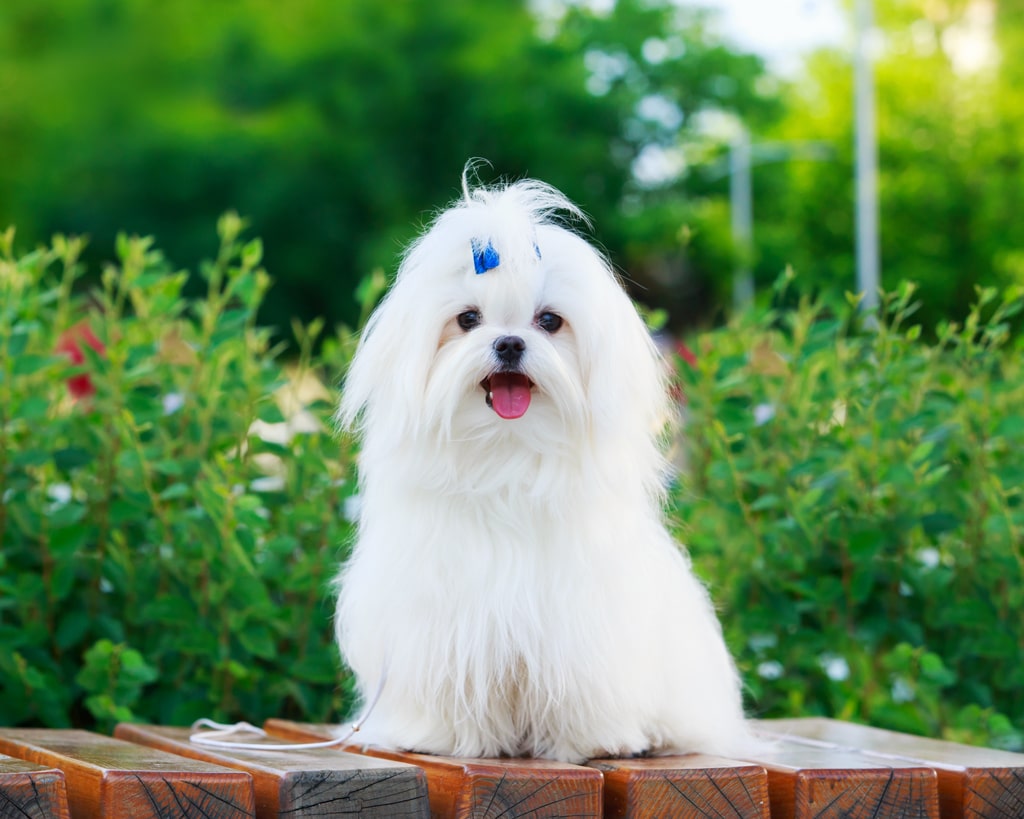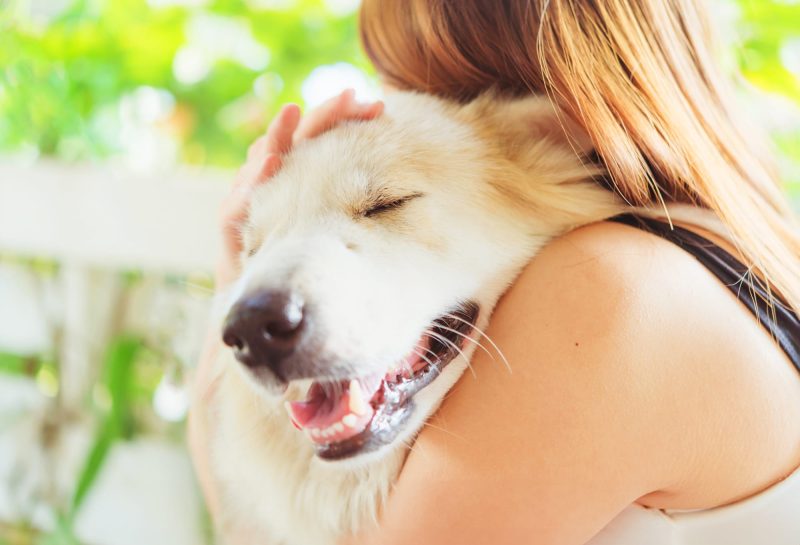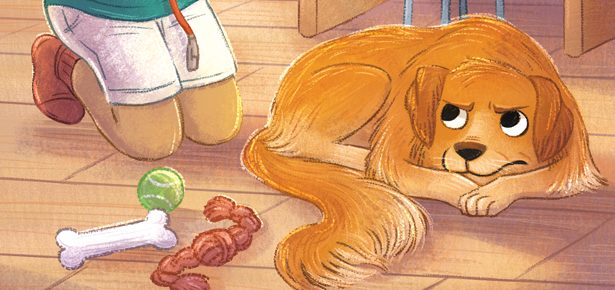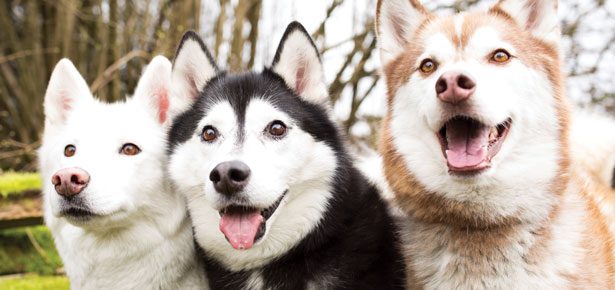

The Maltese
A dog bred for comfort and joy
Ah! Mr. Shakespeare-you have a headache, I believe? Tsk, tsk-too much writing in dim light again, I suspect. But don’t you worry, I know just the thing. Take two Maltese and call me in the morning.
While there’s no evidence that The Bard ever had headaches or resorted to a Maltese cure, it was a common belief in Elizabethan times that the little dogs with long white coats could relieve pain and cure illness simply by snuggling under the bedclothes next to the sufferer. And if the dogs didn’t really have a medicinal effect, there’s no doubt that having a fluffy and sympathetic bedmate to warm your toes or provide a consoling lick on the hand when you’re not feeling well can’t hurt.
In fact, members of this breed had been acting as companions and confidants to their owners long before they were nicknamed “comforters” by the English in the sixteenth century. Also dubbed “shock” dogs-not for the shock the owner receives when handed the grooming bill, but for their shock of long hair-Maltese-type dogs appear in art and literature as early as the fourth century B.C. They were treasured by both Greeks and Romans of old and kept at the courts of Turkey and China. A Maltese appears as a symbol of fidelity in one of the renowned fifteenth-century Lady and the Unicorn tapestries.
Rival queens Elizabeth I and Mary, Queen of Scots, both owned representatives of this breed, and it was one of her Maltese that accompanied Mary to the axeman’s block, hiding under her skirts until after she was beheaded. The faithful pet, its white coat now drenched in its mistress’s blood, was finally rescued by one of the executioners. Happily, it was spared the Queen’s gruesome fate and (after a bath) lived out its life with a French princess.

Life on White/Bigstock
During the nineteenth century, the breed continued to draw admirers, especially among the glitterati of the time. Queen Victoria herself wrote a letter of condolence to the Duchess of Kent upon the passing of the duchess’s Maltese, Lambkin, indicating the high esteem with which this dog was regarded by its royal acquaintances.
Today, elegant Maltese decorate the arms of celebrities such as Elizabeth Taylor, Halle Berry, and Britney Spears, and the sight of one of these sparkling white, gloriously coated toy dogs sashaying down the red carpet is certainly enough to get paparazzi flashbulbs popping. But aficionados of the breed say there’s more to these platinum bombshells than just good looks.
Like fanciers throughout history, modern-day Maltese owners appreciate the sweet personality and lively antics of these dogs. According to Vicki Abbott, author of The Maltese: Diminutive Aristocrat (2000): “He is happy, he is a clown, and he is eager to please.” Bred for centuries to be the perfect lap dog, Maltese love people. The official breed standard calls for a dog that is “gentle-mannered and affectionate, eager and sprightly…lively and playful as well as vigorous.” The word vigorous indicates that the dogs, while small, are not dainty or fragile.
This breed should be under 7 lbs in size, with 4 to 6 lbs the ideal. There is no such thing as a “teacup” Maltese, as Abbott warns in her book: “Beware of breeders who advertise ‘teacup Maltese.’ It is used as a gimmick to attract people who prefer a tiny dog. A reputable breeder will not breed for tinier and tinier Maltese.”

Kuzyk/Bigstock
The Maltese coat should be pure white and silky, and should hang flat and close to the body. It should not be puffy, wavy, or curly. Although they have long hair, Maltese actually shed less than some breeds because they lack an undercoat. Still, those in love with the flowing coat of the Maltese should remember that it requires considerable care. If you’re not one of the rich and famous with a full-time dog attendant on staff, you’ll be wielding a brush and comb daily to prevent tangles, as well as filling the tub for weekly baths to maintain that snowy white look. The long hair over the eyes must be trimmed or, more often, tied up with bows, or it will irritate the dog and can cause excessive tearing. Many owners opt for a short clip over most of the body to reduce grooming time and keep the dog comfortable.
Because of the showiness and appeal of this breed, it is a prime candidate for puppy mills and other unscrupulous breeders, who count on the impatience and ignorance of buyers when passing off sad and sickly puppies. Anyone shopping for a Maltese puppy must take the time to make sure he is dealing with a breeder whose prime consideration is the welfare of her own dogs and the betterment of the breed as a whole. Another option is to adopt a homeless dog through a shelter or breed rescue group-even the beautiful little Maltese sometimes falls on hard times.
Although most Maltese will never be immortalized in a masterpiece painting or on a priceless tapestry, they can be counted on to cure their owners’ loneliness and low spirits, acting as both comfort and joy. Maybe the Elizabethans were onto something after all.
» Read Your Breed For more breed profiles, go to moderndogmagazine.com/breeds
Join the newsletter and never miss out on dog content again!
"*" indicates required fields
By clicking the arrow, you agree to our web Terms of Use and Privacy & Cookie Policy. Easy unsubscribe links are provided in every email.






